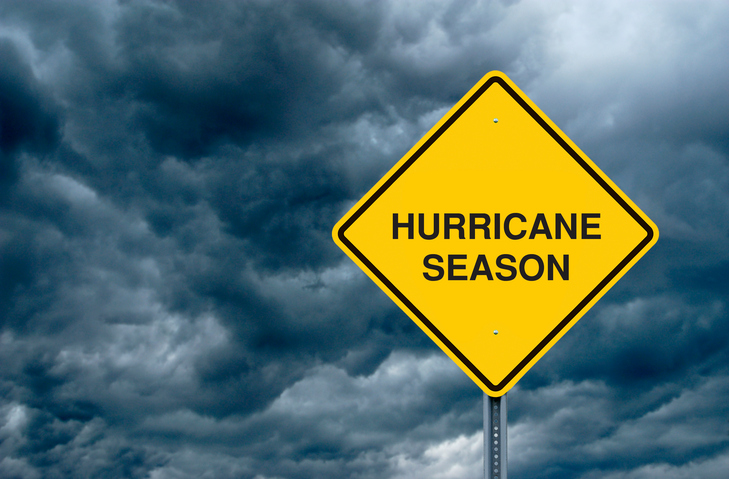Current forecasts suggest that Dorian could develop into a Category 2 hurricane with wind speeds in excess of 100mph before making landfall along the east coast of Florida on Monday morning.
At present, the storm is approaching several Caribbean islands, and is expected to near Category 1 status as it tracks over Puerto Rico and the Dominican Republic on Wednesday and Thursday.
Florida Governor Ron DeSantis has told residents in the storm’s path to prepare for “strong winds, heavy rain and flooding,” with significant storm surge also expected.
KBW noted that primary insurer retentions in the region tend to be fairly low, meaning that reinsurers may bear the worst losses if Dorian develops into a sizable hurricane event.
With Florida still reeling from the losses caused by Hurricane Irma in 2017 and Hurricane Michael in 2018, insurers in the state remain well reinsured and many have also taken advantage of greater use of the Florida Hurricane Catastrophe Fund (FHCF).
At the same time, some reinsurers have opted to grow their books in Florida, including the big four European reinsurers – Munich Re, Swiss Re, Hannover Re and SCOR.
Additionally, retrocession market capacity has shrunk and so reinsurers could be less well protected than in recent years should a major hurricane make landfall in Florida.
Major reinsurance firms have also been using increasing amounts of third-party capital to help them expand further into Florida at recent renewals, which has added to the expansion of their Florida exposures.
Current projections from the National Hurricane Center (NHC) show Dorian tracking to make landfall east of Orlando and south of Jacksonville, with Daytona Beach the largest city near projected landfall.
In a recent update, the NHC stated that “Dorian remains a compact and asymmetric tropical storm,” although that could change and the Center acknowledged that some projection models show Dorian “increasing in size by the time it nears the southeast U.S.”
However, some meteorologists have warned that, while damages from Storm Dorian could be severe, it still remains far too early to forecast any impacts.














